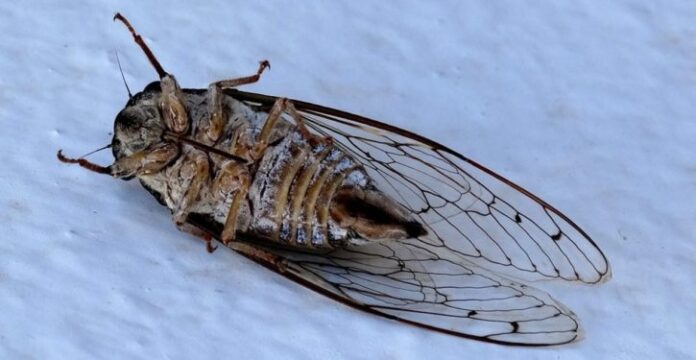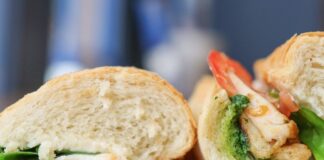
We’ve been down this road before — many times, in fact. Some people swear by eating the creepy crawly creatures. Most of us swear at them, rolled up newspaper in hand.
According to a recent article in The Economists Technology Quarterly (paywall), the only way the planet can sustain a population of 9 billion is by investigating alternative food forms and adding them to our diet.
The authors try to make the argument that what’s disgusting can become palatable, giving as an example the prevalence of sea urchins in Maine. For years, they write, “lobstermen found sea urchins in their lobster traps” and “would crush them underfoot: the urchins were nuisances. That was before Japanese buyers realised that urchin from the cold waters off Maine produced some of the finest uni on earth. There was value, it turned out, in something long overlooked.” Food for thought?
The notion of insects as a dietary staple is nothing new. A New York Post article from 2019 noted:
Food scientists at the University of Queensland in Brisbane, Australia are incorporating insects such as maggots and locusts into a range of specialty foods, including sausage, as well as formulating sustainable insect-based feeds for the livestock themselves.
The article quotes Louwrens Hoffman, a meat science professor, as observing that “an overpopulated world is going to struggle to find enough protein unless people are willing to open their minds, and stomachs, to a much broader notion of food,” adding, “One of my students has created a very tasty insect ice cream.”
Can I get a “yum”?














